Why do people and animals use different Patient Monitor?
 Mar 20,2025
Mar 20,2025

 Uryn
Uryn
People and animals use different Patient Monitor mainly because they have significant differences in physiological structure, vital sign parameter range, behavioral characteristics, and usage environment. The following are the specific reasons:
Different physiological structures and vital sign parameter range
Heart rate and respiratory rate differences: The human heart rate is usually 60-100 times/minute, and the respiratory rate is 12-20 times/minute. Animals have a wider range of heart rate and respiratory rate. For example, cats have a heart rate of 120-220 times/minute and a respiratory rate of 20-30 times/minute; dogs have a heart rate of 60-160 times/minute and a respiratory rate of 10-30 times/minute. This difference requires monitors to set different monitoring algorithms and parameter ranges for different species.
Blood pressure differences: Animals have different blood pressure measurement methods and normal ranges than humans. For example, blood pressure measurement of small dogs and cats requires special cuffs and sensors, and their normal blood pressure range is also different from that of humans, so special algorithms and equipment are needed to measure accurately.
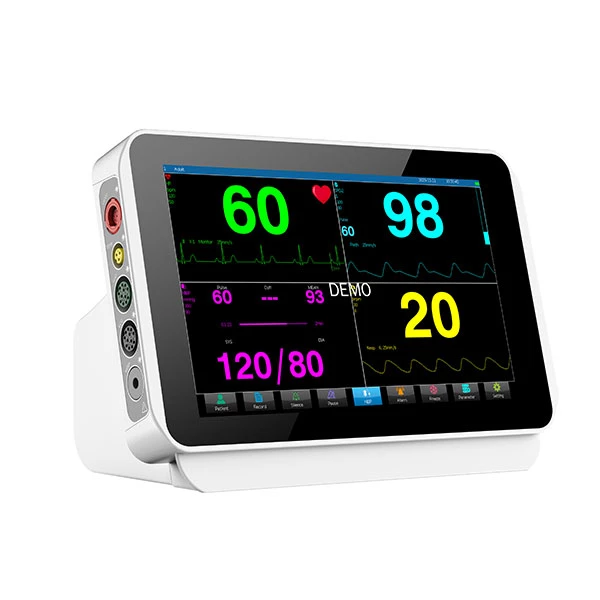
Differences in body size and surface area: Humans are relatively consistent in size, while animals vary greatly in size, from a few kilograms of kittens and puppies to hundreds of kilograms of horses. The sensors and electrodes of the monitor need to be designed according to the body size of different animals to ensure that vital signs can be accurately monitored.
Different behavioral characteristics
Animal stress response: Animals are more likely to be nervous and stressed in medical environments, and may move around and bite randomly. Therefore, animal monitors need to have better anti-interference ability and durability, such as wireless design to prevent animals from biting off wires.
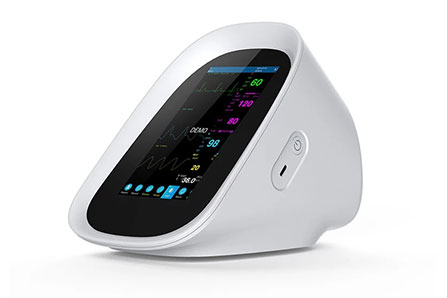
Hair and skin characteristics: Animal hair affects the contact effect between electrodes and sensors. Animal monitors are usually equipped with special electrodes and sensors that can better penetrate hair to ensure accurate signal transmission.
Different use environments
Field or special environments: Animal monitors often need to be used in the wild or in more complex environments, such as in animal rescue or field research. Therefore, animal monitors need to have better waterproof, dustproof, and shockproof performance to adapt to various harsh environments.
Surgery and anesthesia environment: During animal surgery and anesthesia, the monitor needs to be able to accurately monitor the animal's vital signs and issue an alarm in time. Animal monitors are usually equipped with a special anesthetic gas monitoring module that can monitor the animal's anesthesia depth and ventilation.
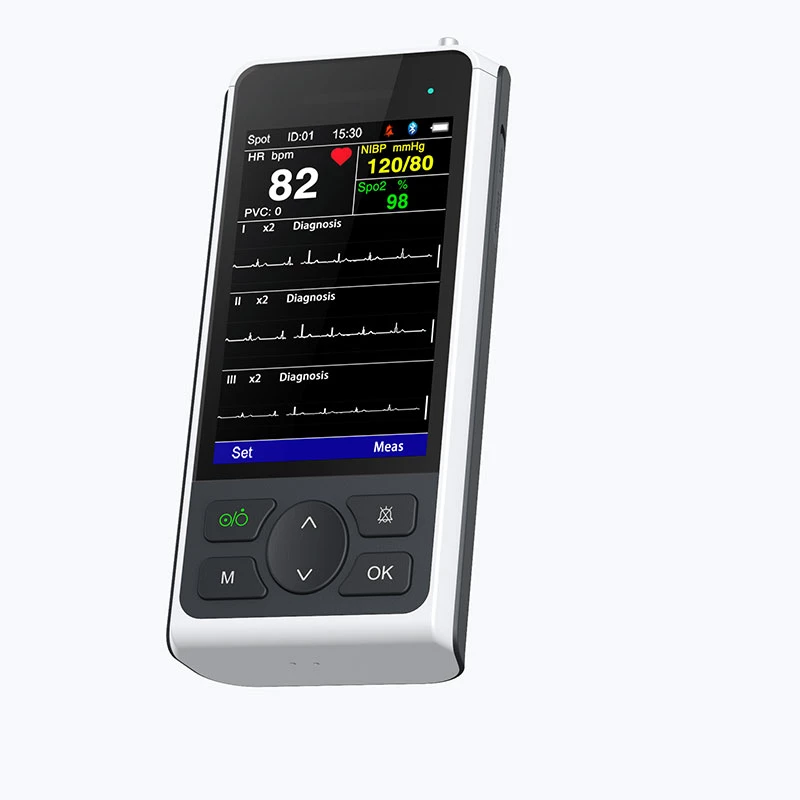
Different monitoring accuracy and algorithm requirements
Algorithm differences: The physiological signal characteristics of humans and animals are different, and the monitor needs to use different algorithms to analyze and process these signals. For example, the electrocardiogram waveform of animals is different from that of humans, and special algorithms are required to identify and analyze them.
Monitoring accuracy requirements: For the research and treatment of certain animal diseases, higher monitoring accuracy is required. Animal monitors are usually able to provide more detailed monitoring data, such as multiple units of end-tidal carbon dioxide, to meet different research and treatment needs.
Different Patient Monitor are used by humans and animals to better adapt to their physiological, behavioral, and usage environment differences, so as to ensure that vital signs can be accurately and effectively monitored to ensure health and safety.

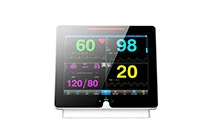
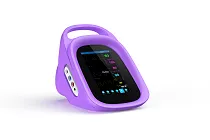
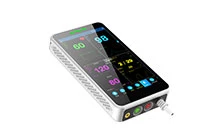
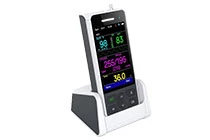
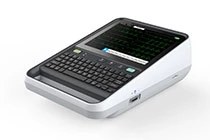
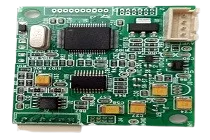
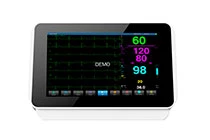



 Home
Home Top Vital Signs Monitor Manufacturers | Wuhan Uryn Medical Technology
Top Vital Signs Monitor Manufacturers | Wuhan Uryn Medical Technology  You May Also Like
You May Also Like

 Tel
Tel
 Email
Email
 Address
Address












